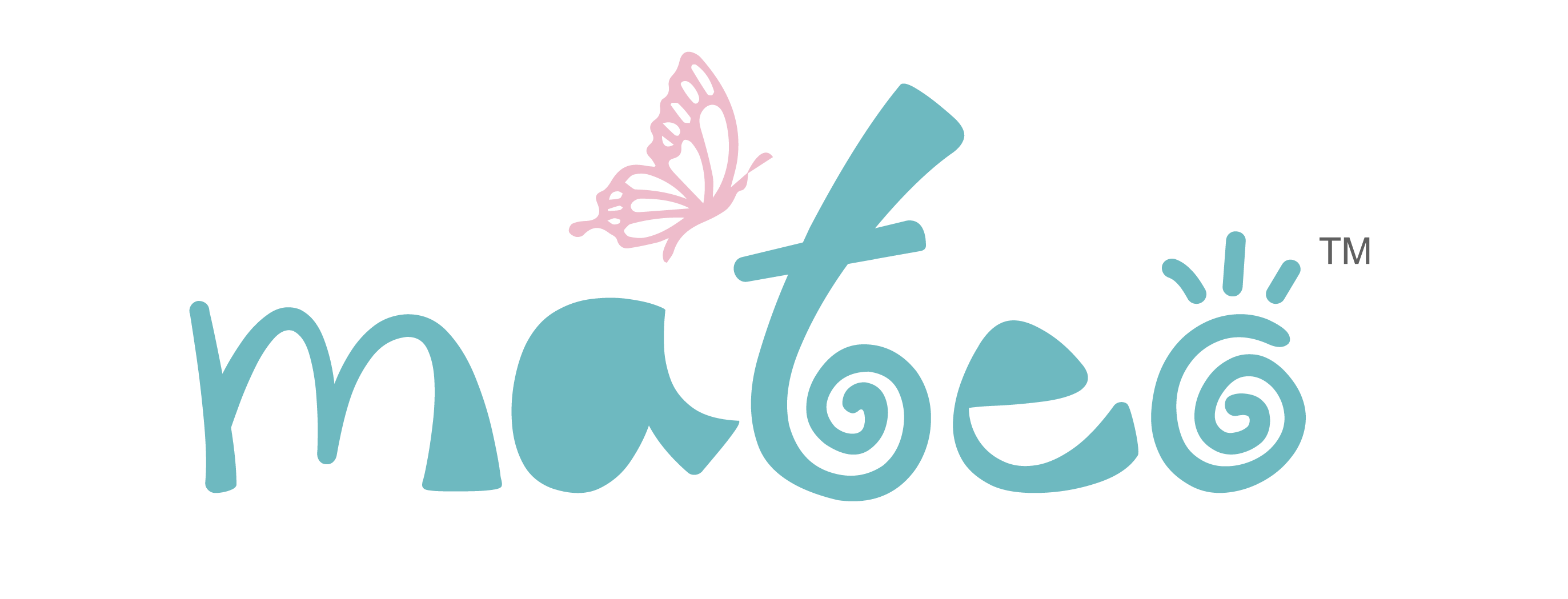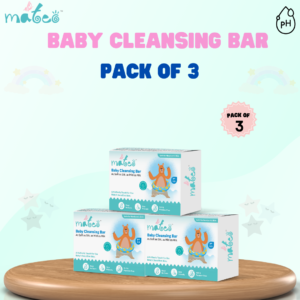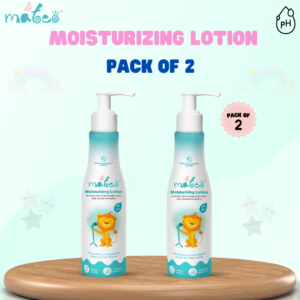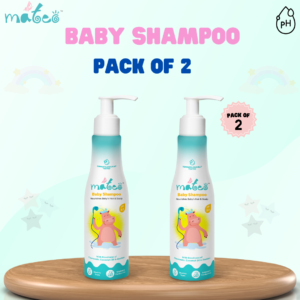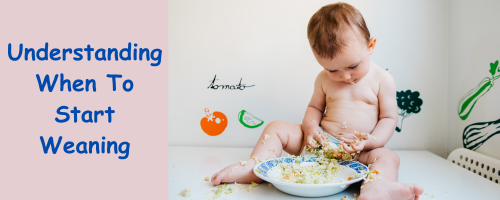
Understanding When To Start Weaning: A Gentle Transition for Your Little One
Table of Contents
- Understanding When To Start Weaning: A Gentle Transition for Your Little One
- How And When To Start Weaning?
- Breastfeeding Benefits and Continued Support
- Continuing the Weaning Journey
- FAQs
Weaning is usually seen as a big event in a baby’s life. It is the slow change from breastfeeding to including other ways of getting food. It is crucial to understand what is weaning and when to start weaning. This journey isn’t only about eating different foods; it is a big emotional and physical change for both the kid and mom. Finding the best time and way to stop feeding depends on patience, and understanding, and needs special attention.
What is weaning?
Weaning is a key time in a baby’s life. It marks the slow move from breastfeeding milk to also eating other foods. It’s not just about changing what you eat but a major mental and physical adventure for the child and mom. Weaning means giving your baby other foods along with breastfeeding, helping them get used to different types of food. Understanding when it’s time to stop nursing, watching for signs like not wanting milk as much or needing comfort from the breast more often, and making slow changes are important parts of this big change process.
How And When To Start Weaning?
When to stop breastfeeding is a private choice affected by things like the mom’s health, the baby’s condition or family situations. The American Academy of Pediatrics suggests only breastfeeding for the first six months. After this, babies should eat some solid food and still have milk from their mother’s chest until at least one year old.
But, how long a mother breastfeeds depends on whether the mother and baby are comfortable with it. Many people stop breastfeeding around the child’s first birthday, but others keep going longer. The World Health Organization says kids should be breastfed up to two years old if possible.
Signs That Show When to Start Weaning
If your babies are over six months old, which is when you should start introducing them. They sit up well on their own or use a walker/bouncer chair for support and hold their head steady without using their hands. They can move food around with clean fingers instead of just putting it only in the mouth.
Babies usually show signs that they’re ready to start weaning. These signals might be less interest in nursing, quicker time spent sucking at the breast, easy distractions when given milk or using it for comfort instead of food. Noticing these signs helps you know if your baby is ready for a change in food.
Approaches to Weaning
Weaning isn’t a sudden change; it is a slow process that lets both the mom and baby get used to it. One way is to reduce one feeding time every week until the child switches from bottle or cup. Some moms let their babies guide the process. They see a drop in breastfeeding as solid foods take centre stage. It’s important to make sure the child gets enough food during this change, either from formula or a good amount of weaning foods for baby development.
Making Weaning Easier
With smart moves, we can make the emotional and body changes easier by stopping breast milk. Using some bottles of breast milk sometimes or doing stuff during feeding time can make it hard to focus. Switching up daily habits, getting support from your partner and making new comfort activities can help ease this change for mommy and baby.
The Emotional Aspect
Both the mother and child go through feelings during weaning. While it gives new freedom, it also shows the finish of a special connection time. Being open to many feelings and knowing that there are other caring paths after stopping breastfeeding is very important.
Breastfeeding Benefits and Continued Support
Breastfeeding is perfect for health, especially when a kid starts his life. However, deciding when to stop breastfeeding is up to each person. This should be done with understanding and calmness.
Weaning Techniques
Usually, they suggest slowly stopping breastfeeding to make the mom and baby feel better emotionally. Whether moms reduce milk feeding slowly or babies start to eat on their own, the method should be adapted for both parent and child’s needs.
Weaning Foods For Baby Development
It’s very important to know how a kid is growing and if they are ready for solid foods. Adding new foods slowly to breastfeeding helps the baby grow right and gets them good baby nutrition.
Weaning Challenges and Solutions
Getting babies to eat solid food might be hard, and if it is you should ask for help. If you need to manage changes in milk amount, deal with emotional stress or keep the baby comfy there are ways made for these problems.
Continuing the Weaning Journey
If weaning happens slowly over time or is fast, it’s important to consider the baby’s nutrition and the mom’s health. Weaning isn’t just about changing what you eat; it is a big change that includes feelings and personal growth.
Stopping breastfeeding is a personal and complicated thing, different for every mommy-baby pair. When starting this trip, it is important to realise that getting sensible, understanding and being patient will make the change easier. This ensures both safety and happiness for your small child.
Frequently Asked Questions
1. What things should I think about when choosing the best moment to stop feeding my baby?
The choice to stop feeding is unique and can be affected by several things. Think about being healthy, your baby’s health and any family issues when looking at breastfeeding. Also, consider how comfortable you and the child feel during this journey of nursing motherhood. Also, get tips from health groups like the American Academy of Pediatrics and the World Health Organization on breastfeeding and required baby nutrition at each age. But in the end, it’s best to choose when you think your baby is ready too.
2. How can I tell if my baby is ready to start eating solid foods?
Babies often show signs that they’re ready to start eating solid foods. Some common signs are less interest in breastfeeding, quicker nursing times, getting distracted during feeds and using the breast more to feel better than for nourishment. Noticing these signs helps see if your baby is ready to move to other ways of getting food.
3. What are good ways to stop feeding a baby, and how can I make sure my child gets enough food during this change?
Leaving food should be a slow process that lets both the mom and baby get used to it. Some techniques involve gradually cutting down the number of feeding sessions each week as they eat more solid foods. It’s really important to make sure your baby gets good food either from formula or a balanced meal during this time. Talking to healthcare people can give you a good way and make sure your baby gets all the food it needs during weaning time.

Nivethitha Sridharan
Nivethitha is a mother of two children and has a great interest in writing as an experienced mother. She publishes educational and interesting articles on baby care and also assists parents in selecting the finest baby products for their baby’s skin and well-being. She focuses on infant skin care and health issues. She also provides suggestions and guidance on baby care and avoids common skin disorders in newborns. Nivethitha likes studying and writing about new and innovative ideas that might assist people in finding solutions to their problems. She feels that content writing is an effective means of communicating thoughts and information to the world.
-
Mateo Baby Cleansing Bar – 75gm (Pack of 3)
₹555.00Add to cart -
Mateo Baby Massage Oil – 100ml (Pack of 3)
₹585.00Add to cart -
Mateo Baby Moisturizing Lotion – 200ml (Pack of 2)
₹700.00Add to cart -
Mateo Baby Rashfree Cream – 60g (Pack of 3)
₹540.00Add to cart -
Mateo Baby Shampoo
₹395.00Add to cart -
Mateo Baby Shampoo – 200 ml (Pack of 2)
₹790.00Add to cart -
Mateo Baby Shampoo and Mateo Massage Oil(Combo Pack)
₹590.00Add to cart -
Mateo Baby Shampoo and Mateo Rashfree Cream(Combo Pack)
₹575.00Add to cart
